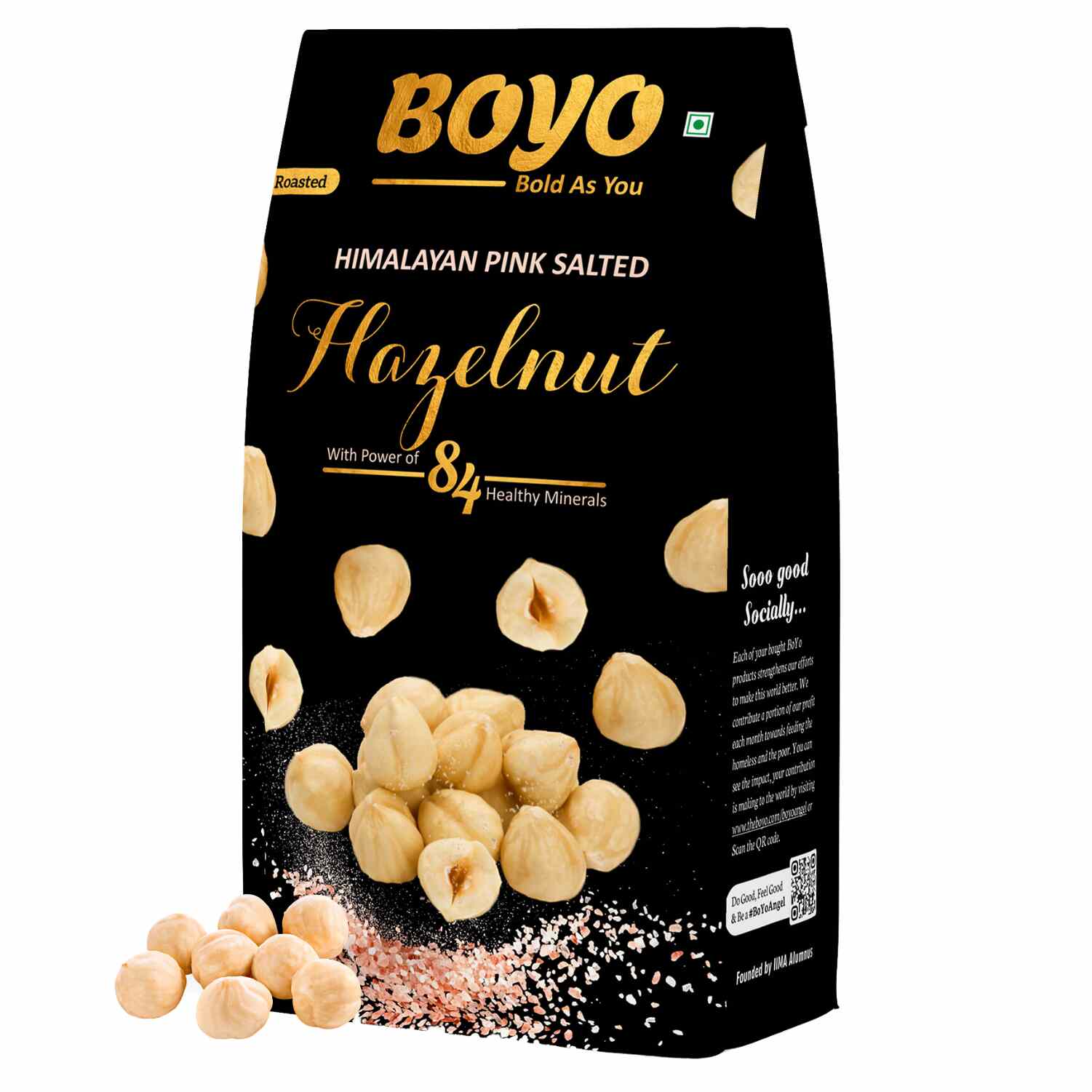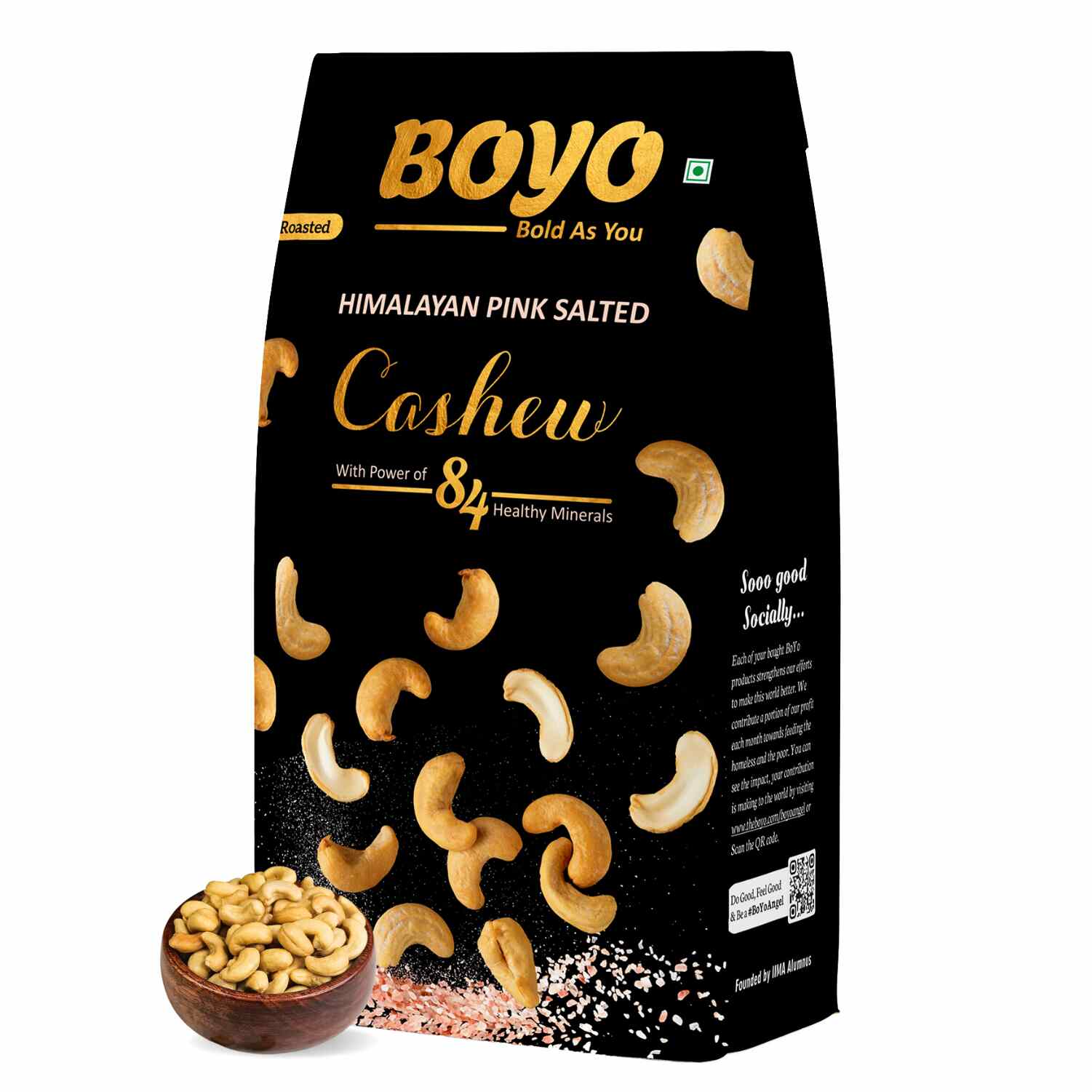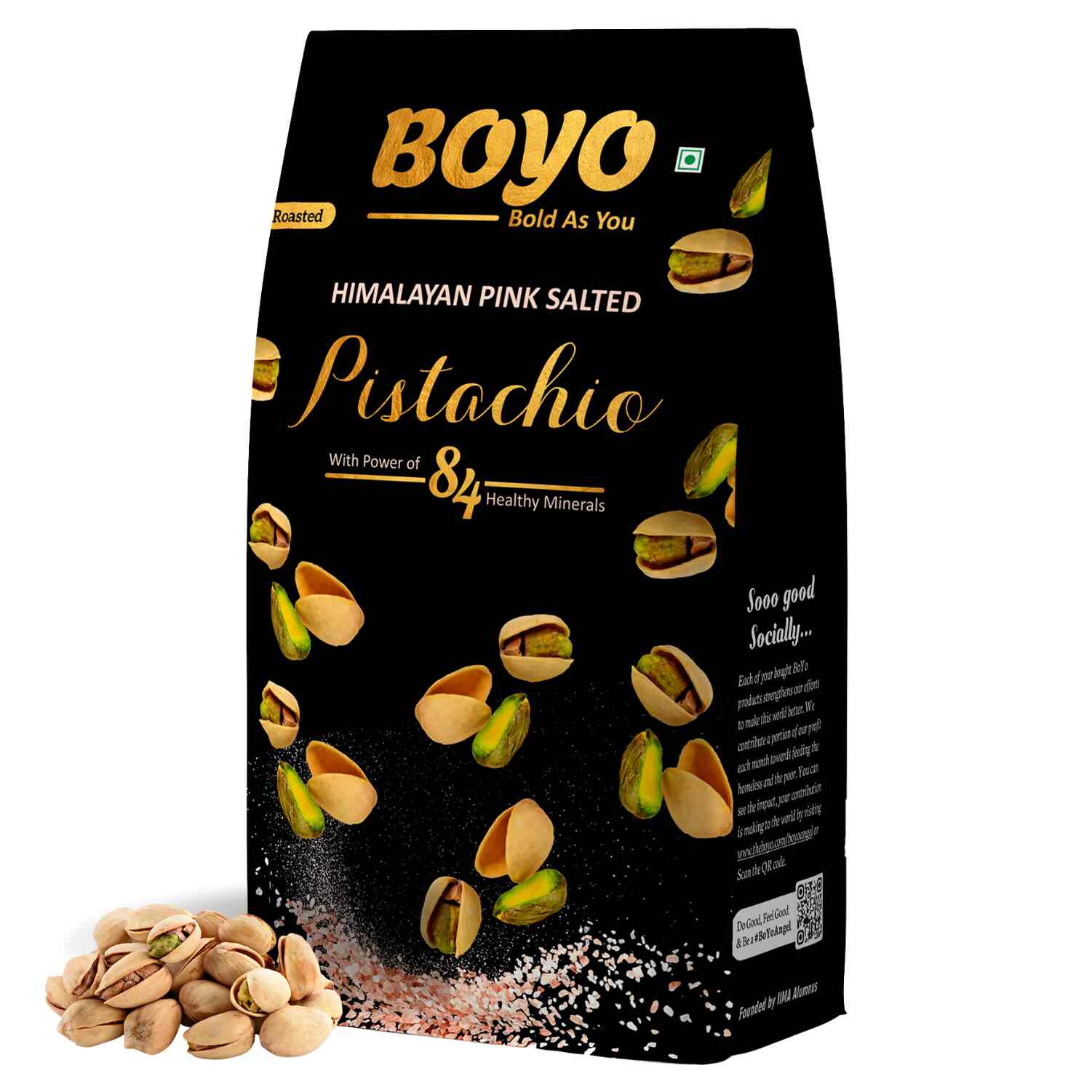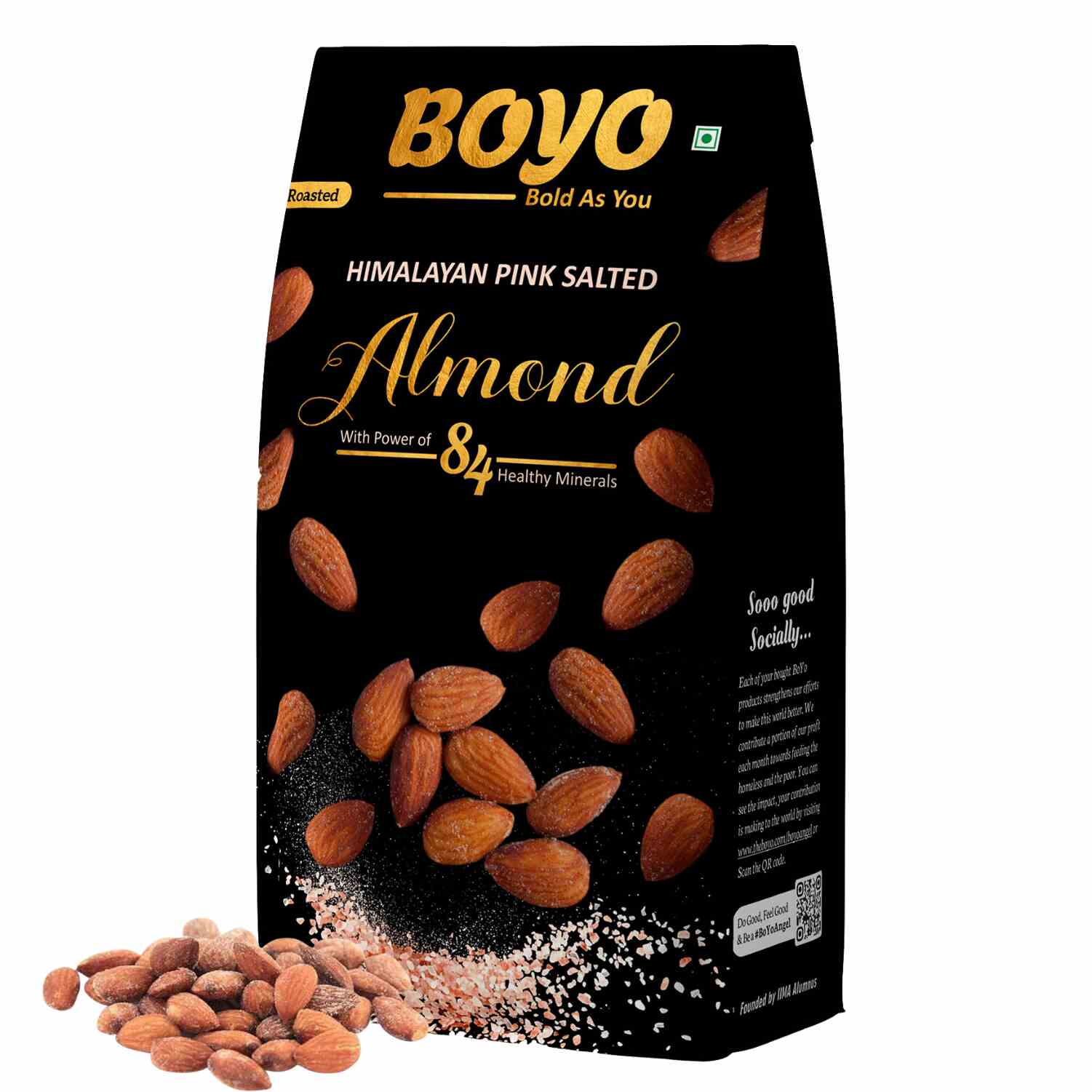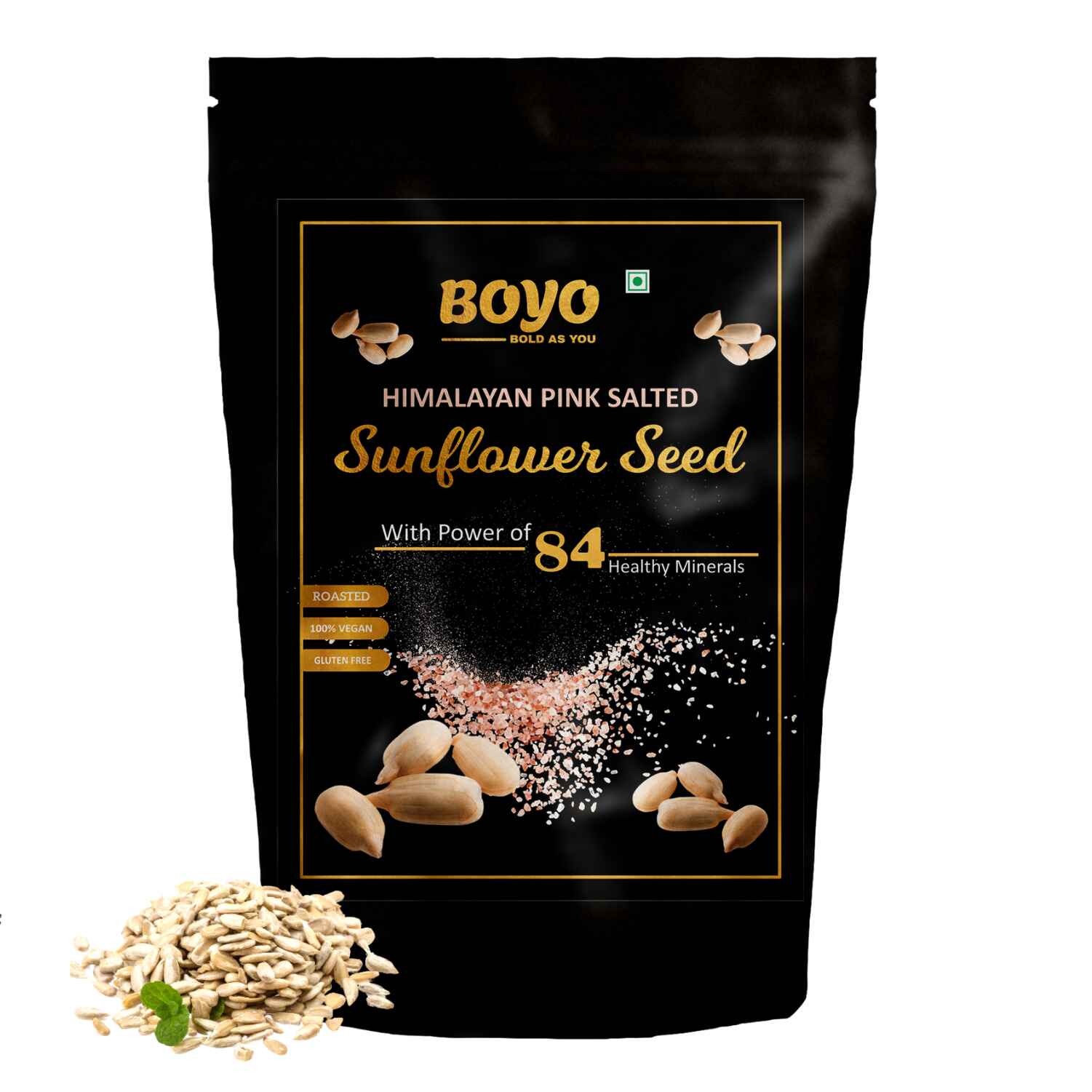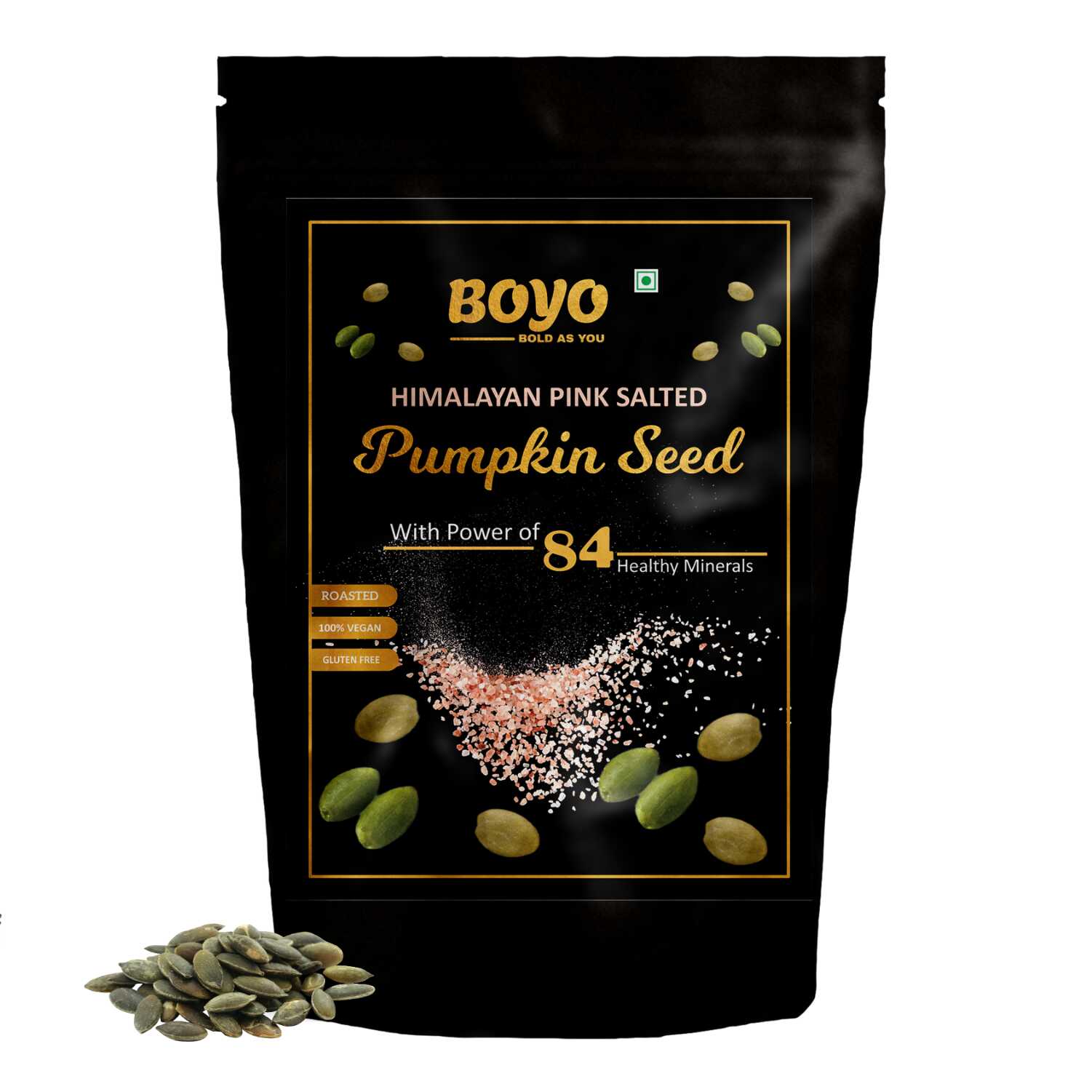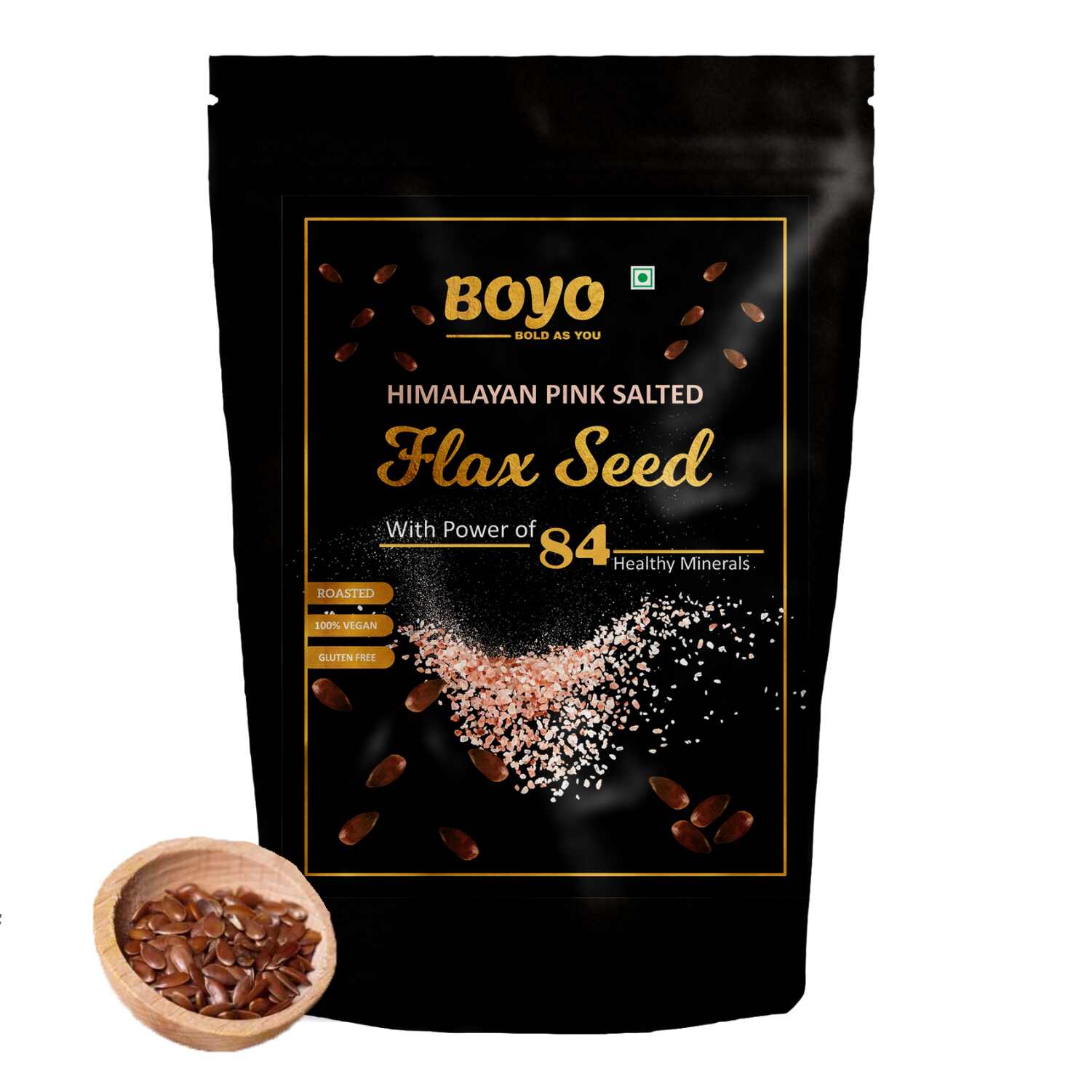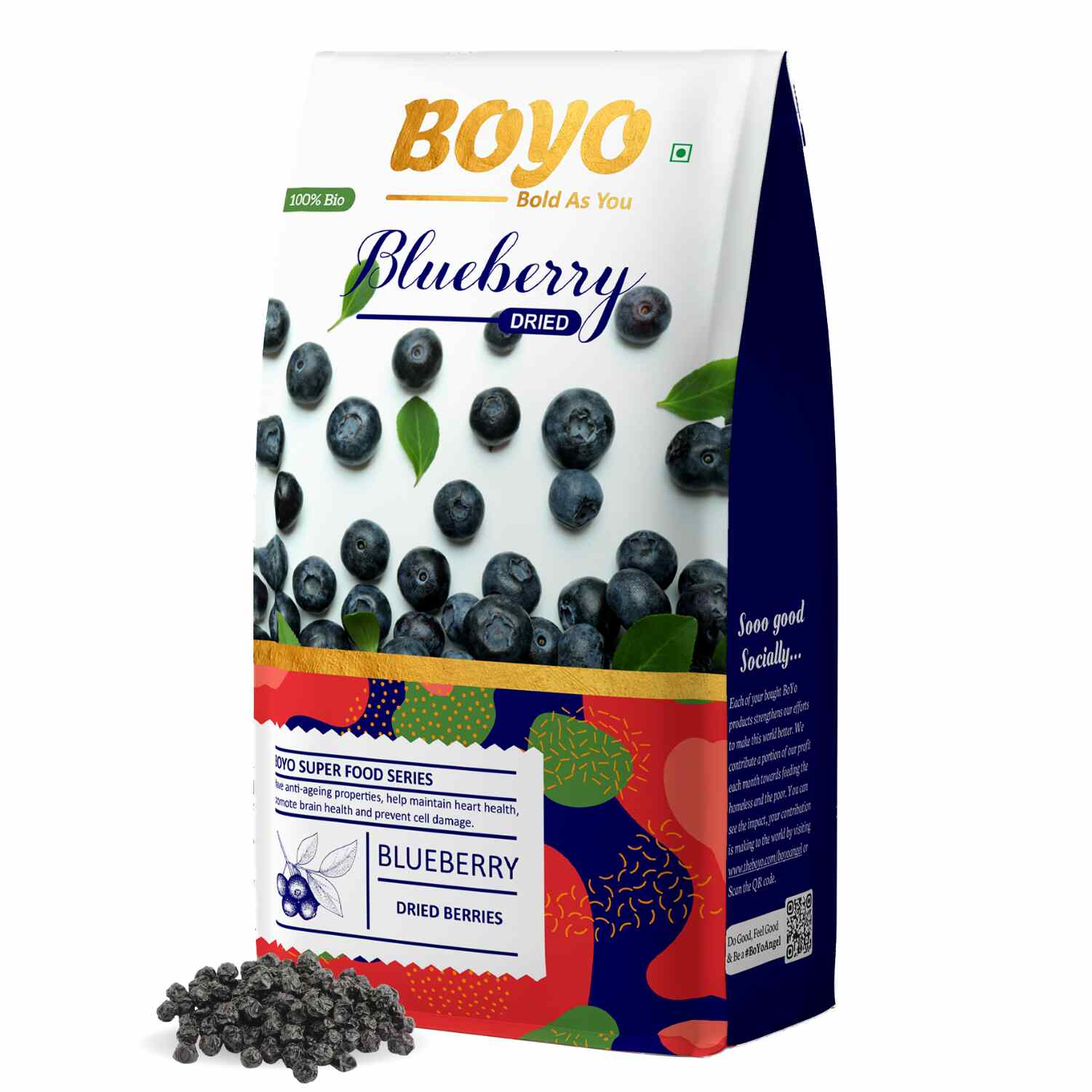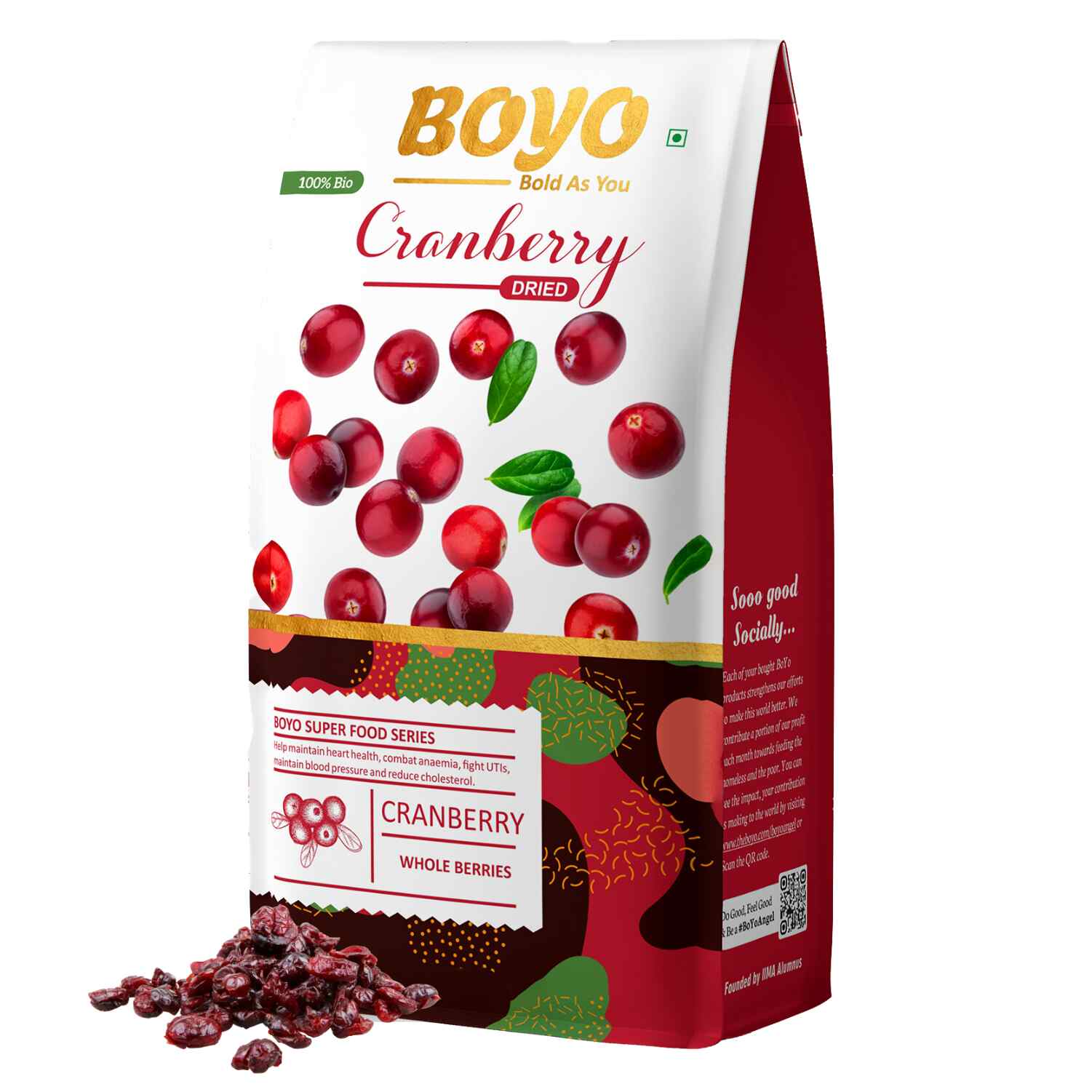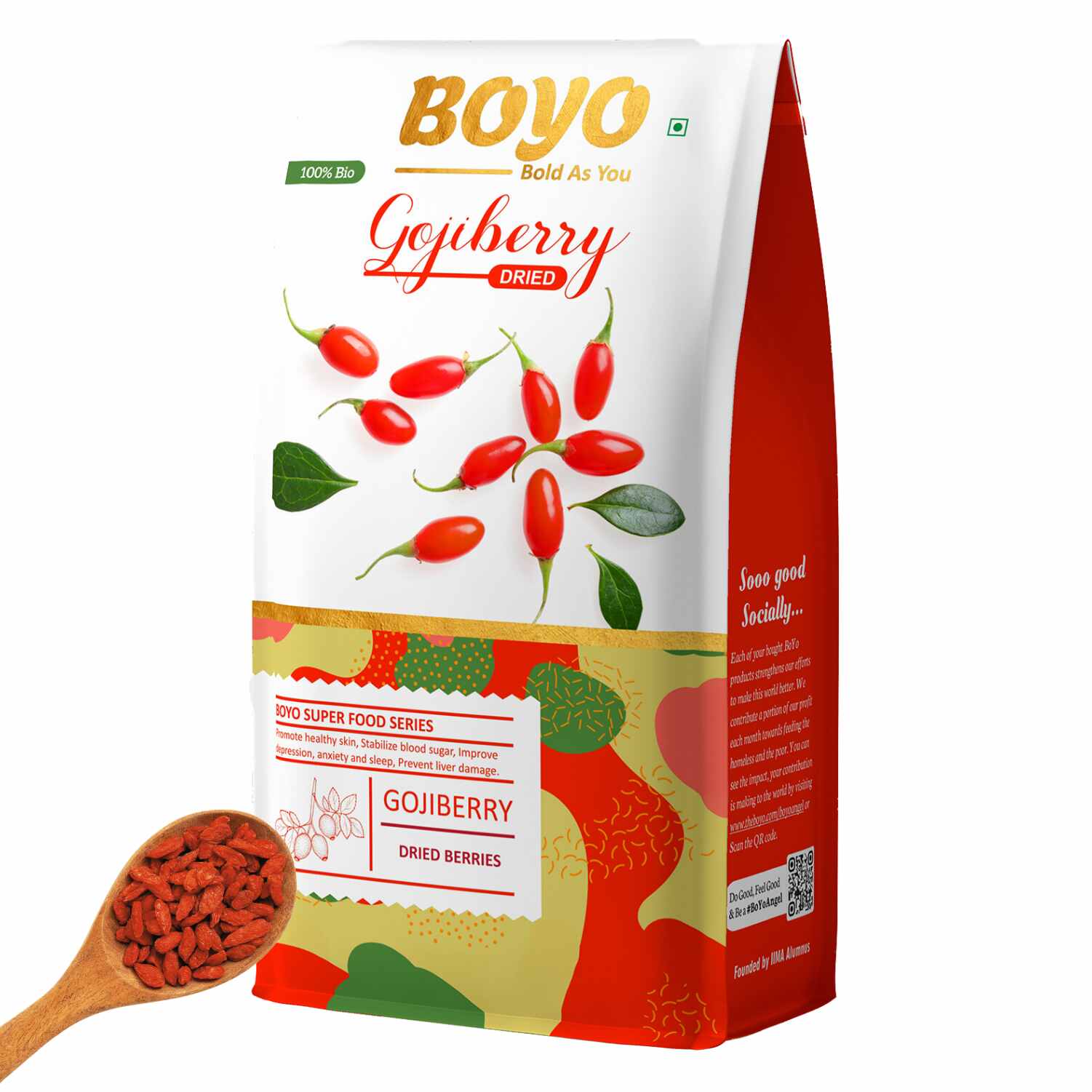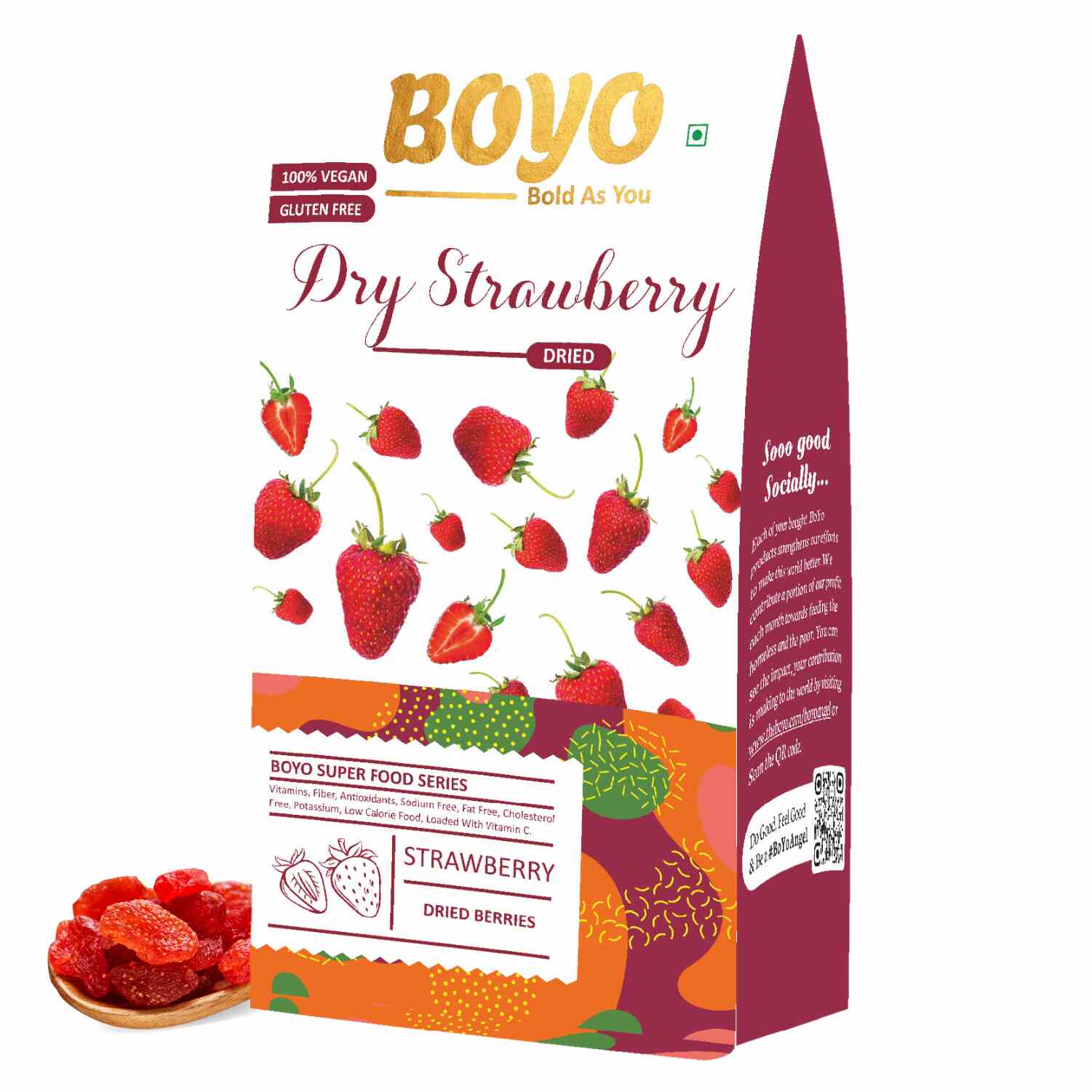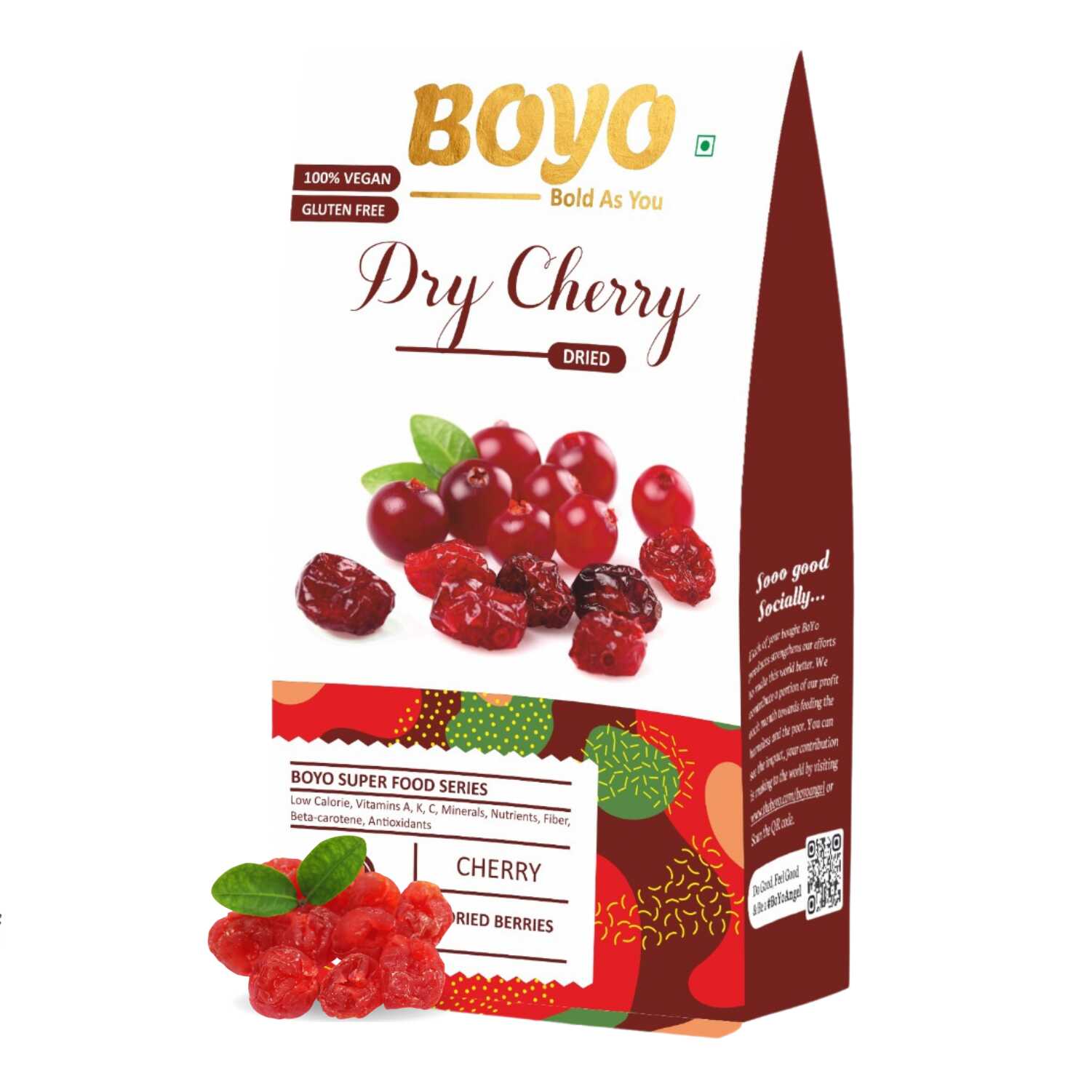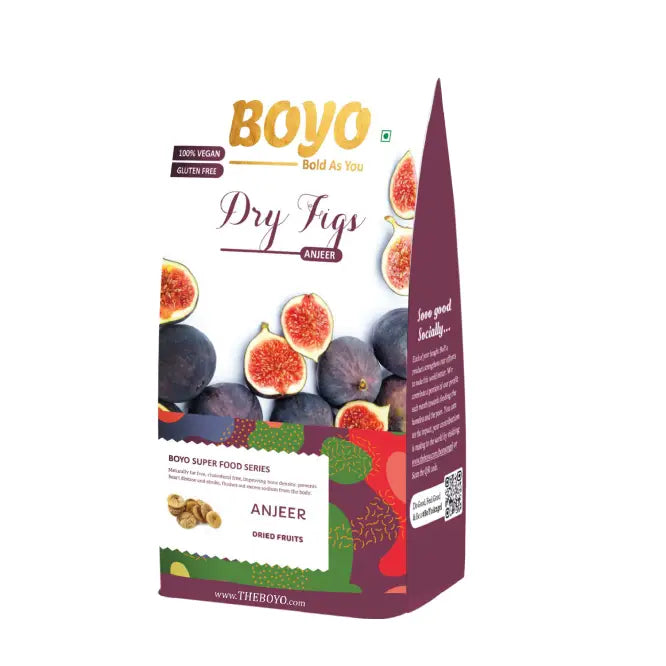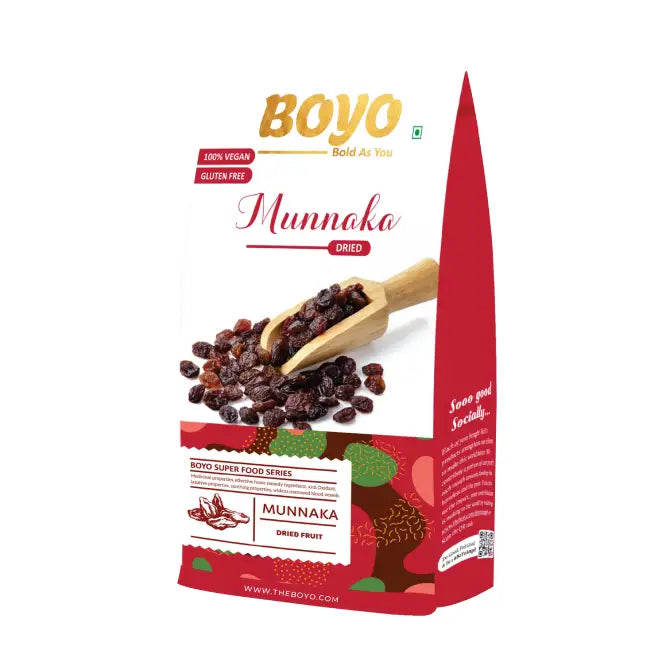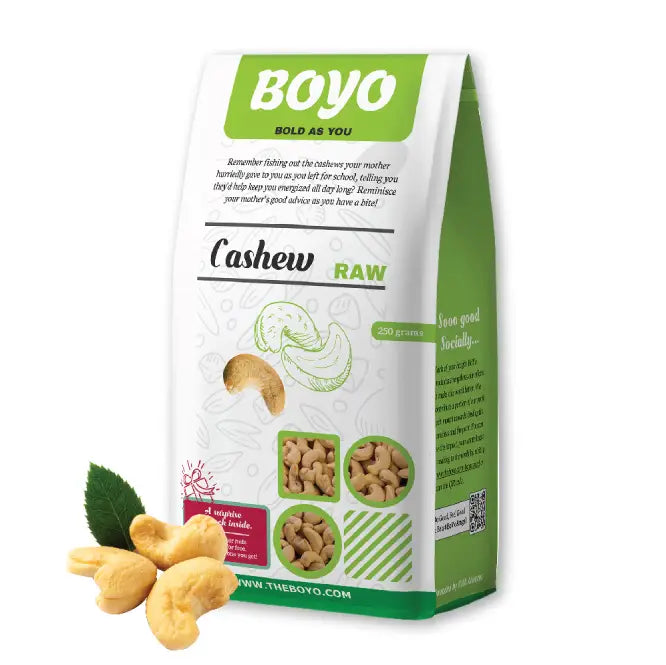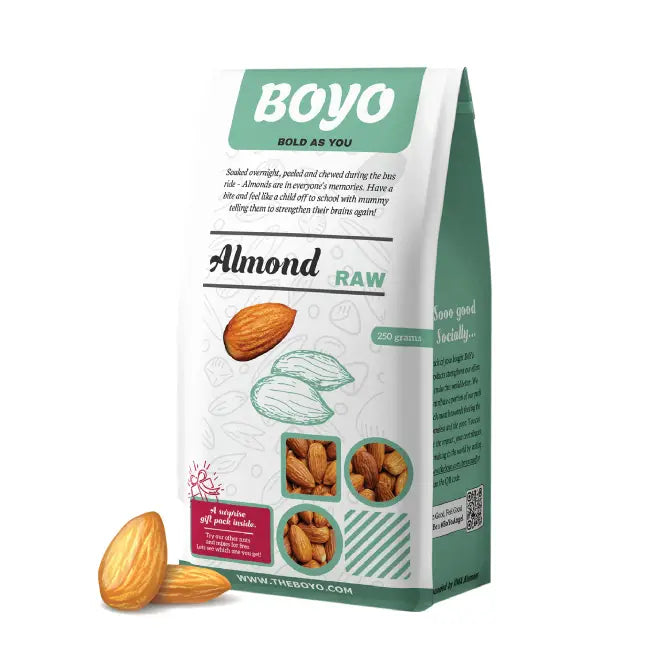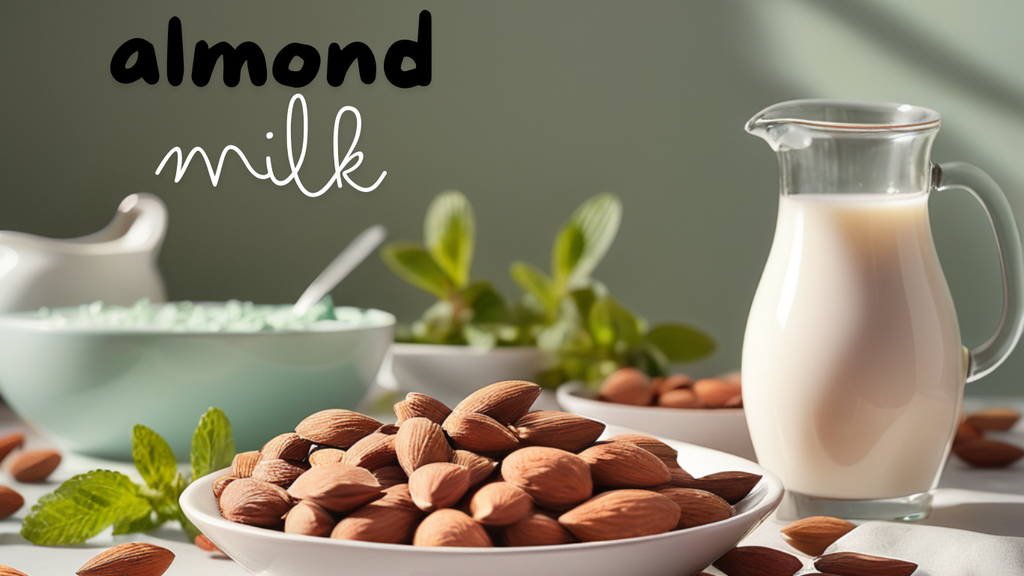
How to Make Fresh Almond Milk at Home: Simple and Quick Recipe

Almond Milk
Almond milk has become a popular alternative to dairy milk due to its nutty flavor, creamy texture, and numerous health benefits. Whether lactose intolerant, vegan, or simply looking to diversify your diet, making almond milk at home is easy and rewarding. This comprehensive guide will walk you through the steps to make your almond milk, discuss its benefits, and provide customization tips. Let’s dive into the delicious world of homemade almond milk.
Why Choose Homemade Almond Milk?
Homemade almond milk stands out for several reasons. Unlike store-bought versions, it doesn’t contain preservatives, additives, or added sugars, making it a healthier choice. Additionally, you can control the flavor and texture, ensuring it meets your personal preferences. Homemade almond milk is also more environmentally friendly, as it reduces packaging waste.
Ingredients for Making Almond Milk
Ingredients: To make almond milk at home
- 1 cup of raw almonds
- 2 to 4 cups of water, adjusted to achieve your desired consistency
- Sweeteners (optional): honey, maple syrup, or dates
- Flavorings (optional): vanilla extract, cinnamon, or cocoa powder
- A pinch of salt
Essential Equipment
Before starting the process, ensure you have the necessary equipment:
- A blender
- A nut milk bag, cheesecloth, or fine mesh strainer
- A large bowl or pitcher
- An airtight container for storage
Step-by-Step Guide to Making Almond Milk
2. Blending the Almonds
After soaking, drain and rinse the almonds thoroughly. Place them in a blender and add 2-4 cups of filtered water. Blend on high speed for about 2 minutes until the mixture is smooth and creamy.
3.Straining the Milk
Pour the almond mixture through a nut milk bag, cheesecloth, or fine mesh strainer into a large bowl or pitcher. Squeeze or press to extract as much liquid as possible. The remaining almond pulp can be set aside for other uses, such as baking or adding to smoothies.
4.Sweetening and Flavoring
Taste your almond milk and decide if you want to add any sweeteners or flavorings. Common options include honey, maple syrup, dates, vanilla extract, cinnamon, or cocoa powder. Blend the milk again to incorporate the sweeteners and flavorings thoroughly.
5.Storing Your Almond Milk
Transfer the almond milk to an airtight container and refrigerate. Homemade almond milk is best consumed within 3-5 days. Always shake well before using, as separation is natural.
Tips for Customizing Your Almond Milk
One of the best parts about making almond milk at home is the ability to customize it to your liking. Here are some tips:
- Thicker Milk: Use less water for a creamier consistency.
- Sweeter Milk: Add more dates, honey, or maple syrup.
- Flavor Variations: Experiment with different extracts like almond or peppermint for unique flavors.
- Nutrient Boost: Add a pinch of sea salt, a dash of turmeric, or a spoonful of chia seeds for added health benefits.
Health Benefits of Almond Milk
1. Supports Weight Management
Switching to almond milk can help with weight management since plant-based beverages typically have fewer calories than regular dairy milk. If you're aiming to reduce your calorie intake, almond milk is a great option. Weight loss often comes down to reducing the calories you consume from food, and small swaps from high-calorie foods to low-calorie alternatives can make a big difference.
However, be mindful of commercial almond milk varieties, as many are sweetened or flavored with added sugars, increasing their calorie content. Always check the nutrition label and ingredient list. Homemade almond milk might also be higher in calories due to the remaining almond pulp.
2. Low in Carbs
Unsweetened almond milk is naturally low in carbohydrates. A 100-gram serving contains approximately 0.3 grams of carbs, mostly dietary fiber, compared to the 4.6 grams of carbs in dairy milk. This makes almond milk a good choice for those watching their carb intake, such as people with diabetes who need to manage their blood sugar levels.
Sweetened varieties, however, can be much higher in carbs due to added sugars, which can cause rapid increases in blood sugar levels. Lower carb options, like unsweetened almond milk, can help maintain stable blood sugar levels.
3. Excellent Source of Vitamin E
Almond milk is rich in vitamin E, providing about 22% of the recommended daily intake in a 100-gram serving. Vitamin E is a powerful antioxidant that helps combat inflammation and stress in the body by neutralizing free radicals that can damage cells. This nutrient may also help reduce cancer risk, protect against heart disease, and support bone and eye health.
4. Often Enriched with Vitamin D
Many commercial almond milks are fortified with vitamin D, which is crucial for heart function, bone strength, and immune health. Vitamin D deficiency is common, especially among those who get little sunlight exposure. Fortified almond milk can help address this deficiency, though homemade almond milk usually lacks added vitamin D.
5. Good Source of Calcium
To replace the calcium found in dairy milk, many manufacturers enrich almond milk with this vital mineral. Enriched almond milk contains about 17% of the daily value of calcium per 100 grams. Calcium is essential for strong bones and healthy blood pressure levels and may help reduce the risk of fractures and osteoporosis.
6. Naturally Lactose-Free
Almond milk is naturally lactose-free, making it a suitable alternative for those with lactose intolerance, a condition affecting 65-70% of the global adult population. Lactose intolerance can cause symptoms like stomach pain, bloating, and gas. Almond milk provides a safe, dairy-free option for those who need to avoid lactose.
7. Dairy-Free and Vegan
Almond milk is a plant-based, dairy-free beverage, making it a great choice for vegans and those avoiding dairy for health, religious, or environmental reasons. It's important to note, however, that almond milk is not safe for individuals with tree nut allergies.
8. Low in Phosphorus with Moderate Potassium
For people with chronic kidney disease (CKD), almond milk can be a better option than dairy milk due to its lower levels of phosphorus and potassium. High levels of these nutrients can be harmful to individuals with CKD. However, nutrient levels can vary between brands, so checking labels is important.
9. Promotes Healthy Skin
Dairy milk consumption has been linked to acne in some studies, so switching to almond milk may help improve skin health. Many almond milk varieties are rich in vitamin E, which helps combat free radicals that can damage skin cells. Some studies suggest vitamin E may improve skin hydration, elasticity, and density.
Uses for Almond Pulp
Don't throw away the leftover almond pulp! It’s a versatile ingredient that can be used in various recipes:
- Baking: Add almond pulp to muffin, cookie, or bread recipes for added moisture and nutrition.
- Smoothies: Blend it into smoothies for a fiber boost.
- Granola: Mix it into homemade granola for extra crunch.
- Facial Scrub: Use it as an exfoliating scrub by combining it with honey or coconut oil.
Nutritional Information
Understanding the nutritional profile of almond milk is essential for incorporating it into a balanced diet. A typical cup of unsweetened almond milk contains:
- Calories: 30-50
- Fat: 2.5-3 grams
- Carbohydrates: 1-2 grams
- Protein: 1 gram
- Calcium: 20-45% of the RDI (depending on fortification)
- Vitamin E: 20-50% of the RDI
Fortified almond milk can provide additional nutrients, making it comparable to cow's milk in terms of vitamin and mineral content.
Environmental Impact of Almond Milk
While almond milk is a great dairy alternative, it's important to consider its environmental impact. Almond farming requires significant water resources. However, making almond milk at home can reduce the carbon footprint associated with transportation and packaging of store-bought versions. Opt for organic almonds when possible, as they are grown with sustainable farming practices.
Frequently Asked Questions (FAQs)
1. Can I Use Flavored Almonds?
It’s best to use raw, unflavored almonds to control the taste and health benefits of your almond milk.
2. How Long Does Homemade Almond Milk Last?
Homemade almond milk lasts 3-5 days in the refrigerator. Always store it in an airtight container and shake well before each use.
3. Can I Use the Almond Pulp Immediately?
Yes, almond pulp can be used immediately in recipes or stored in the refrigerator for a few days. It can also be frozen for longer storage.
4. Can I Make Almond Milk Without a Blender?
While a blender is the most efficient tool, you can also use a food processor. However, the texture might be slightly less smooth.
5. Is Homemade Almond Milk Cheaper?
Homemade almond milk can be cost-effective, especially if you buy almonds in bulk. Plus, it offers higher quality and the satisfaction of a homemade product.
Conclusion
Making almond milk at home is a simple, rewarding process that offers numerous health benefits and customization options. By following this guide, you can enjoy fresh, nutritious almond milk free from additives and preservatives. Not only will you save money, but you'll also have the flexibility to tailor the milk to your taste preferences and dietary needs. Start making your own almond milk today and enjoy a delicious, healthy alternative to dairy milk.
















